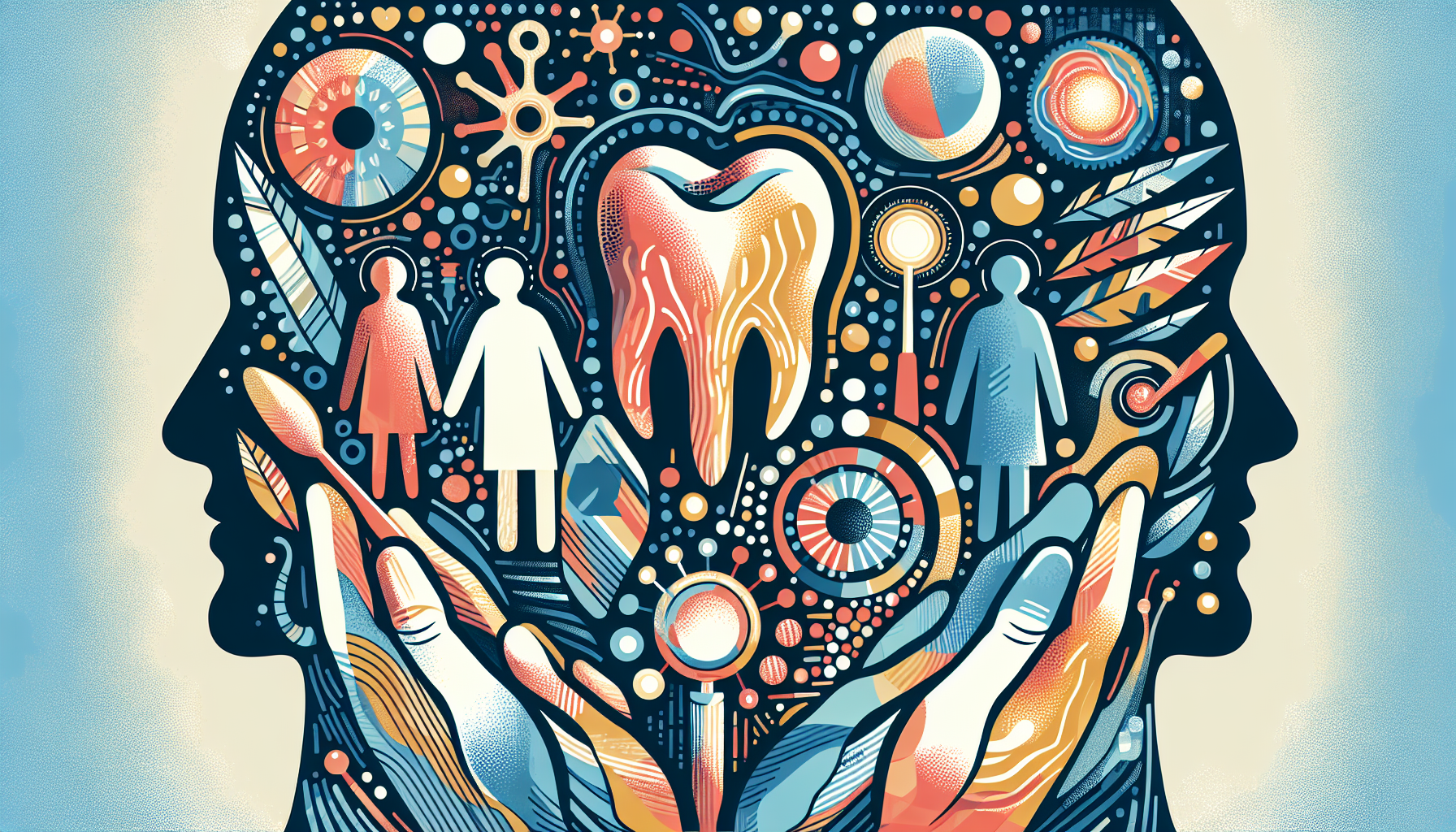Can I Take Zepbound a Day Early?
Key TakeawaysZepbound is a once-weekly injectable medication for weight management and obstructive sleep apnea (OSA) linked to obesity.Taking Zepbound a day early is [...]
Read More
Medically reviewed by Abhijit Bhattacharyya | MD, PhD, MBA, Tufts University School of Medicine - Miami, Florida on September 8th, 2023.
Charcot-Marie-Tooth (CMT) Disease is a group of genetic disorders that affect the peripheral nerves, those nerves that lie outside of the brain and spinal cord. Named after the three doctors who first identified the condition in 1886, CMT can cause various symptoms, including foot problems and difficulty with balance. This article will provide an overview of CMT, including its causes, symptoms, diagnosis, and treatment options.
CMT is genetic and is passed down from parents to children through their DNA. The condition is not contagious. Researchers have discovered over 90 genetic types of CMT, each caused by specific genetic mutations. These mutations affect the way nerve cells communicate with each other, eventually leading to the deterioration of the nerves over time. As a result, individuals with CMT may experience weakness and reduced sensation in affected areas.
Symptoms of CMT typically begin to appear before the age of 20. Some common signs and symptoms include:
High arches in the feet
Hammertoes (bent toes)
Difficulty walking and maintaining balance
Foot drop (inability to lift the foot properly)
Slapping gait (foot slapping against the floor while walking)
Muscle loss in the lower legs
Numbness in the feet and legs
As the condition progresses, it may also affect the hands and arms. Despite these challenges, people with CMT can often lead long and fulfilling lives.

If you experience symptoms of CMT, it is essential to consult with your doctor. They may refer you to a neurologist, a specialist in the nervous system, for further evaluation. The diagnostic process typically involves:
Taking a family history
Assessing symptoms
Conducting physical examinations, such as walking on heels or testing muscle reflexes
Performing a nerve conduction velocity test to evaluate nerve function
Conducting electromyography to assess electrical activity in muscles
Ordering a DNA blood test to identify specific gene mutations
Although there is no cure for CMT, various treatment options can help manage the condition and improve quality of life. These include:
Foot care: Regular foot checks, proper nail trimming, and wearing appropriate footwear can help prevent complications.
Physical therapy: Stretching and strengthening exercises, along with low-impact activities like swimming and cycling, can help maintain muscle function and flexibility.
Occupational therapy: Specialists can provide training to improve strength, grip, and flexibility, making everyday tasks easier to perform.
Assistive devices: Leg braces, custom footwear, and other orthotics can provide support and improve mobility.
Medication: Pain relievers and other medications can help manage pain and muscle cramps associated with CMT.
Surgery: In some cases, surgery may be recommended to address foot and joint problems.
It is important to work closely with your healthcare team to develop a personalized treatment plan that addresses your specific needs and goals. Additionally, seeking support from organizations like the Charcot-Marie-Tooth Association and the Muscular Dystrophy Association can provide valuable resources and connect you with others living with CMT.
While CMT primarily affects the nerves and muscles, it can also lead to other complications, such as:
Breathing and swallowing difficulties
Increased risk of infection due to numbness in the feet
Hip dysplasia (misalignment or poor development of the hips)
Pregnancy complications
Regular check-ups with your healthcare team can help identify and address these complications early on, ensuring the best possible outcomes.
In conclusion, Charcot-Marie-Tooth Disease is a complex genetic disorder that affects the nerves and muscles. By understanding the causes, symptoms, and treatment options available, individuals with CMT and their families can work together with healthcare professionals to manage the condition and maintain a high quality of life. For more information on CMT, visit reputable sources such as the National Institute of Neurological Disorders and Stroke.
Key TakeawaysZepbound is a once-weekly injectable medication for weight management and obstructive sleep apnea (OSA) linked to obesity.Taking Zepbound a day early is [...]
Read MoreKey TakeawaysZepbound is an FDA-approved medication for chronic weight management in adults with obesity or overweight, and for moderate to severe obstructive sleep apnea [...]
Read MoreKey TakeawaysZepbound is a once-weekly injectable medication that supports weight loss by activating hormone pathways regulating appetite and digestion.After the first dose, [...]
Read More